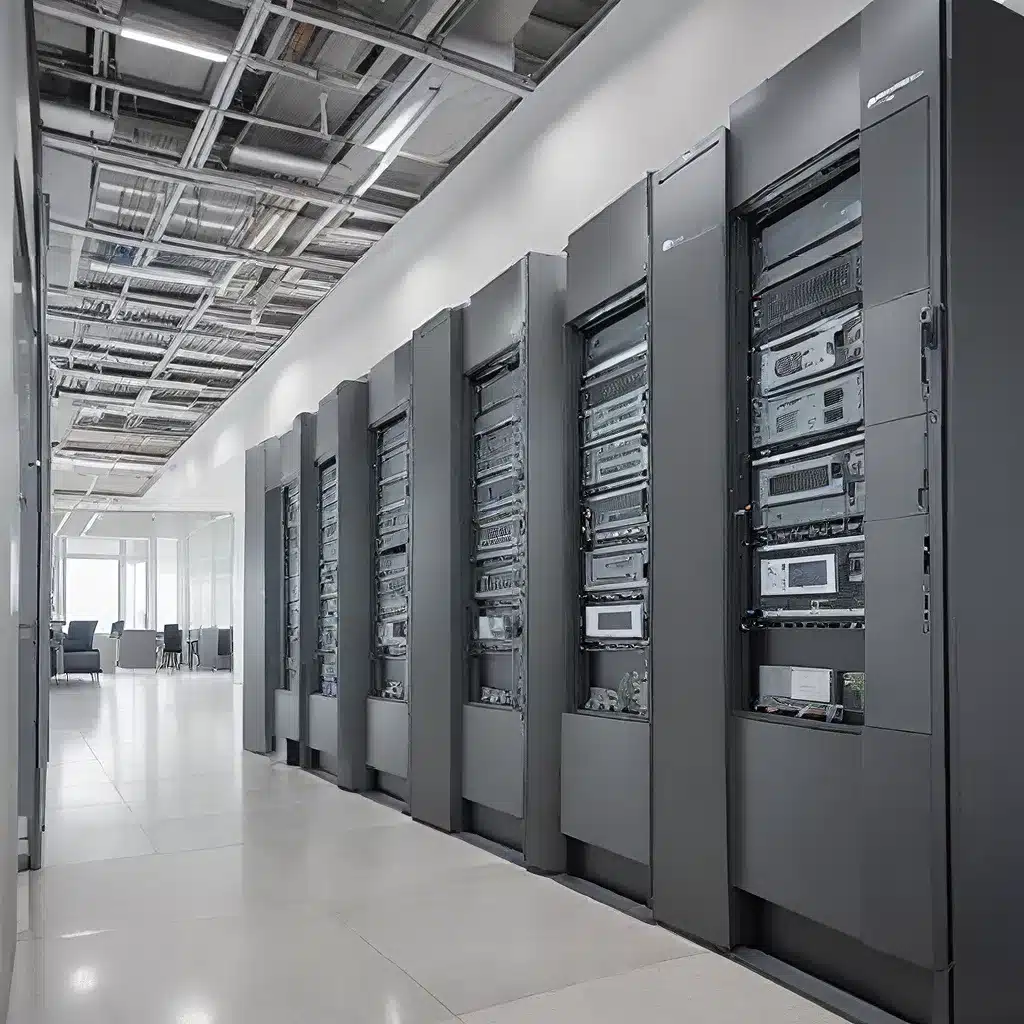
The Importance of Sensor Calibration in Smart Building Automation
Sensor networks are the backbone of modern smart building automation systems, enabling the collection and analysis of vast amounts of data from various environmental and operational parameters. Accurate sensor calibration is crucial for ensuring the reliability and interoperability of these complex systems, which often comprise a heterogeneous mix of sensors, devices, and communication protocols.
Proper sensor calibration not only improves the precision and accuracy of data collected but also facilitates seamless integration between different components in a smart building automation network. This is particularly important as building owners and facility managers increasingly rely on integrated data to make informed decisions about energy management, occupant comfort, and overall operational efficiency.
Challenges in Sensor Calibration for Smart Building Automation
One of the primary challenges in sensor calibration for smart building automation is the diversity of sensor types and technologies. From temperature and humidity sensors to air quality monitors and occupancy detectors, each sensor has its own unique calibration requirements and performance characteristics. Failing to account for these differences can lead to inaccurate data and suboptimal system performance.
Another key challenge is the dynamic nature of the built environment, where factors such as environmental conditions, occupant behavior, and system configurations can constantly change. This requires ongoing sensor calibration to maintain the integrity of the collected data and ensure that the automation system responds appropriately.
Establishing Sensor Calibration Protocols for Smart Building Automation
To address these challenges, sensor network designers and integrators must establish comprehensive sensor calibration protocols that account for the specific requirements of the smart building automation system. These protocols should cover the following key aspects:
1. Sensor Selection and Placement
Careful selection of sensor types and their placement within the building is crucial for obtaining accurate and representative data. Factors such as sensor range, resolution, and environmental sensitivity must be considered to ensure that the sensors can effectively monitor the desired parameters.
2. Calibration Schedules and Methods
Implementing regular calibration schedules and standardized calibration methods is essential for maintaining the accuracy and reliability of sensor data over time. This may involve a combination of manual, semi-automated, and fully automated calibration processes, depending on the complexity of the sensor network and the available resources.
3. Sensor Metadata Management
Tracking and managing sensor metadata, such as manufacturer information, serial numbers, calibration history, and performance specifications, is crucial for efficient sensor maintenance and troubleshooting. This data can be stored in a centralized database or integrated into the building automation system’s software.
4. Interoperability and Integration
Ensuring seamless interoperability between different sensor types and communication protocols is critical for achieving a truly integrated smart building automation system. This may require the use of standardized data formats, communication protocols, and integration frameworks to facilitate the exchange of sensor data and control commands across the entire system.
The Role of AI and Machine Learning in Sensor Calibration
Advances in artificial intelligence (AI) and machine learning (ML) have opened up new possibilities for improving sensor calibration in smart building automation systems. AI-driven algorithms can analyze sensor data and identify patterns or anomalies that may indicate the need for recalibration. Additionally, ML models can be trained to automatically adjust sensor calibration parameters based on changing environmental conditions or system configurations.
By integrating AI and ML capabilities into sensor calibration protocols, building owners and facility managers can optimize the performance of their smart building automation systems, ensuring consistent data quality, improved energy efficiency, and enhanced occupant comfort.
Toward a Sustainable and Resilient Smart Building Ecosystem
As the demand for smart building automation continues to grow, the importance of robust sensor calibration protocols cannot be overstated. By addressing the challenges of sensor diversity, dynamic environments, and complex integrations, building owners and facility managers can unlock the full potential of their sensor networks and create a more sustainable and resilient smart building ecosystem.
Explore the latest advancements in sensor network technologies, IoT applications, and energy management strategies to stay ahead of the curve and drive the future of smart building automation.